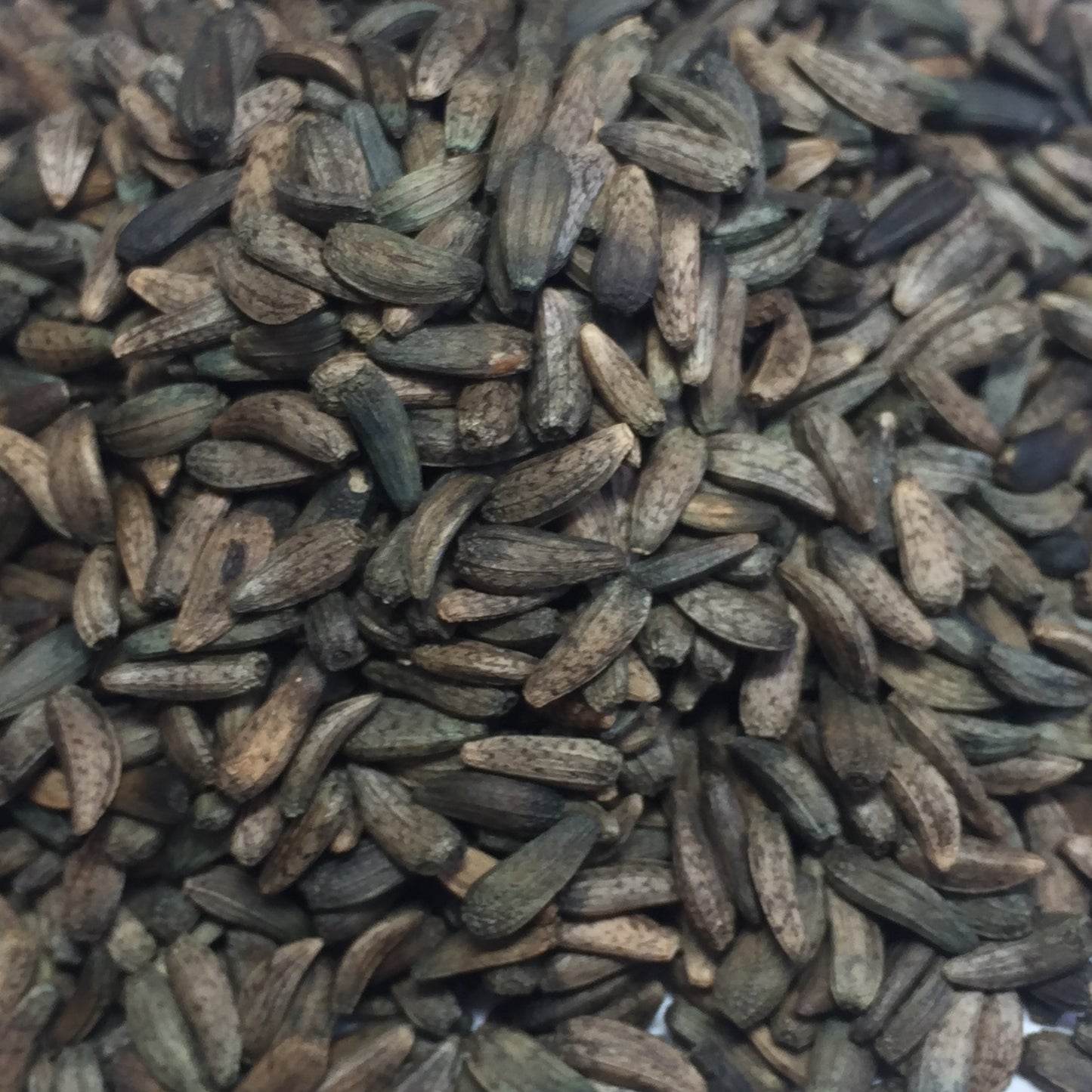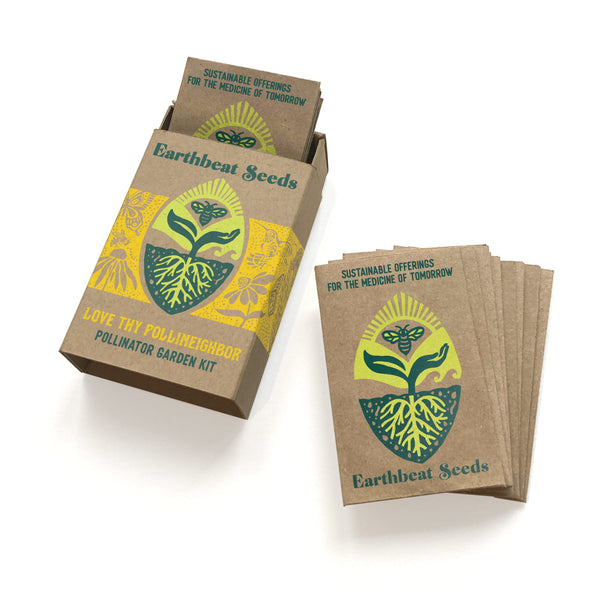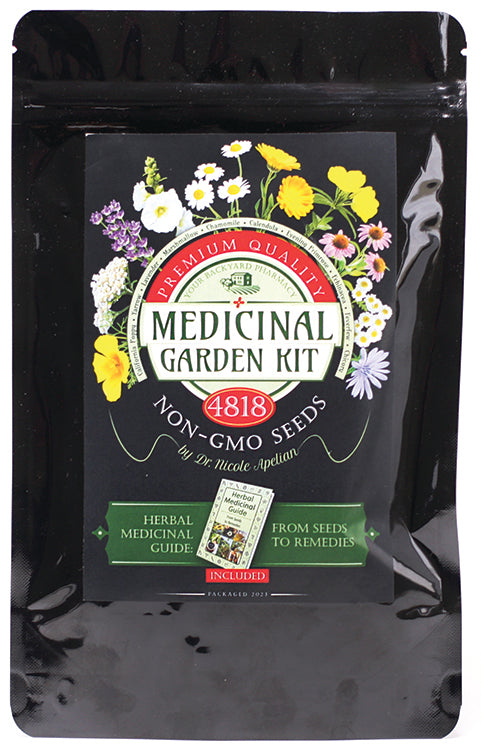Burdock, Gobo (Arctium lappa)
Couldn't load pickup availability
*Designated an invasive species in the following states, no sale: AK
Burdock’s most well-known use is as a root crop in Japanese cooking, referred to as ‘Gobo.’ Typically julienned and then sautéed or simmered, Gobo is high in both minerals and fiber. It is best to prepare the root with minimal washing and without stripping it of its tough outer layer, which holds the highest concentration of nutrients. Its flavor is earthy and slightly sweet. While not native to Japan, Burdock is thought to have originated in China and is used often in Chinese herbal medicine. Such traditional uses include promotion of healthy skin, diuretic qualities, and supporting detoxification of the blood.
Considered a weed throughout much of North America, Western folks most often associate Arctium Iappa with the pesky burs it produces once gone to seed. These plants would be in the second year of their biennial growth style, and would be too mature for good harvest; burdock in its first year of growth produces the most desired vegetables. One would harvest these deep taproots in the spring or autumn times. Gobo is a great source of inulin, which can act as a prebiotic to feed beneficial gut bacteria, and aid in digestion. Modern applications of this manifest in the form of a tincture of decoction.
The plant name Arcticum is derived from the Greek word arctos (bear) and the word lappa from the Greek ‘to seize’. The ‘bur,’ Latin for ‘wool’, of its common name refers to the tendency of burs to get caught in the manes of animals. German folklorist Jacob Grimm wrote in his ‘Teutonic Mythologies’ of Burdock’s connection to the Norse thunder god Thor, and the plant’s resulting defense from lightning when planted on the roof of a home. Sometimes referred to as ‘love-leaves’ (perhaps due to the heart-like shape of the foliage), folklore suggests that a bur thrown at the back of a loved one would indicate a reciprocity of their affection if it sticks. The Scottish town of South Queensferry holds a parade centered around these bristly pods— as a means to bring luck and banish ill will from the community, a man covered head to toe in burs travels with two attendants from door to door collecting money and gifts. Despite the irritation many express at Arctium Iappa’s burs, there is much to cherish about this valuable plant— if only we look towards them with compassion and intention.
According to British Folk Customs, South Queensferry holds a unique parade, reminiscent of other English folk traditions, the day before the Ferry Fair. The parade consists of a man dressed head to toe in clothes covered in burrs from burdock, only able to see his eyes, and his two attendants. These three travel door to door collecting money and gifts and are thought to bring luck and possibly carry away evil afflicting the community.
According to Ozark Superstitions, children are best protected from bewitchment by wearing a necklace of dried burdock roots. Though it was recognized to not be fool-proof as there are a couple of ways to take away a curse listed with it. A rite to exorcize demons from plants so they produce fruit again is found in the paper “A Historical Overview of Ethnobotanical Data in Albania 1800s-1940s.” Here the burdock leaf is used as a sacrifice to the aerial demon of the other plant, wine soaked bread being spread over it with a reading from the gospel by a priest.











